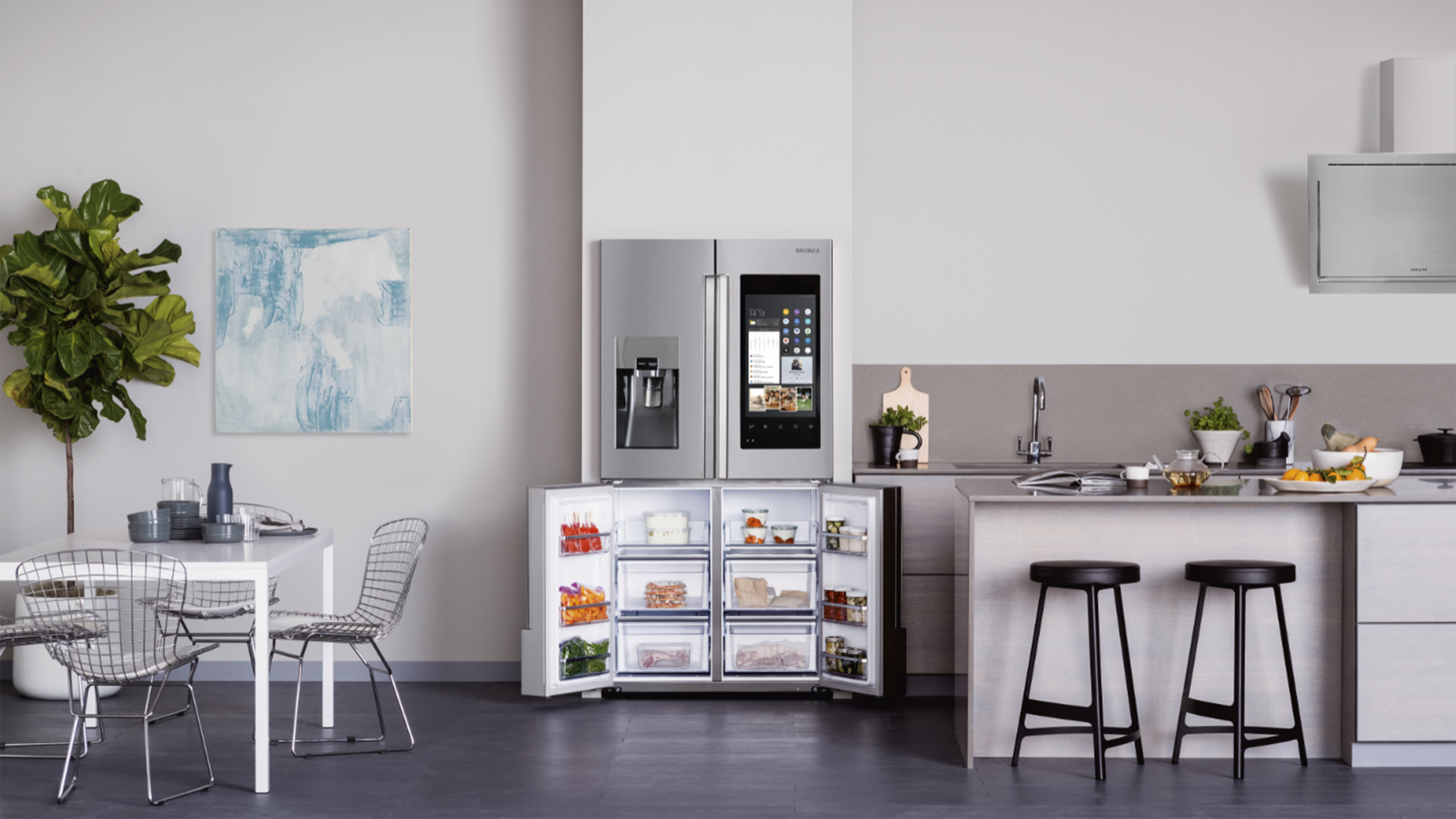

Knowing how to clean a freezer has its benefits. Firstly, getting rid of all of that excess frost and ice will create valuable room for ready prepped meals, and handy frozen veg that'll save you precious time in the kitchen. Secondly, it will make for a much cleaner and sanitized space which is pretty vital in the kitchen.
Yes, the best fridge freezers might have all the smart technology to help you store lots of fresh and convenience foods, but that doesn't mean you shouldn't clean the drawers and scrape out any excess ice on the regular.
This will not only save you time playing freezer Tetris, but could also cut down your energy and shopping bills, as you can properly audit the contents of your appliance. More importantly, giving your freezer a mini health checkup will alleviate the risk of it breaking, which can be costly.
And the best part is that cleaning a freezer won't eat into your busy life, as from start to finish, the process should take less than an hour.
How often should I clean my freezer?
'Our fridge freezers are essential to the way we live and eat, storing our groceries until we need them.' says Nick Bevan, head of product management for digital appliances, Samsung Electronics.
'But they are all too often forgotten about, particularly when it comes to cleaning. By taking the time to wipe down regularly and complete a deep clean on a monthly basis, you can ensure you are keeping your food in the best environment possible.'
The most essential thing is to ensure food is safe to eat. So checking through use-by dates, inspecting the appearance of packing and food, and making sure your ingredients aren't freezer burnt are all part of the thorough process we'll take you through.
How to clean a freezer
'Always avoid using cleaning products that contain abrasive chemicals as these can corrode or deteriorate metal and plastic,' advises Bevan.
'Check the ingredients and avoid using any of the following on your refrigerator; Methyl Palmitate, Methyl Linolate, Methyl Icosanoate, Limonene. Don’t forget to clean the outside too, especially the handle and door surround, where germs can build up through frequent contact with hands.'
You will need:
- A large cooler or cool box
- Ice cubes
- Distilled white vinegar
- Hot water
- An empty spray bottle
- 2 x Microfiber cloths
- An old manual toothbrush
1. Remove all the food from your freezer
Place the removed food packages in your cool box with the ice. Take this time to check the best before and use-by dates on your products. If they’ve passed, throw it in your kitchen trash can.
2. Unplug your refrigerator from the main socket
Don’t worry about the food inside the fridge. According to the FDA, your refrigerator will keep food cold for about four hours if it is unopened, and cleaning a freezer will take less than half that time.
3. Create an all-natural homemade cleaning solution
Mix a 1:1 ratio (equal parts) of the distilled white vinegar and hot water in your spray bottle, taking care to fill the container in order to prevent scalding yourself. This is your cleaning solution.
4. Apply the solution and dry it thoroughly
Spray the inside of the freezer with your homemade cleaning solution and wipe it away with a dry microfiber cloth. You may need to repeat this step a few times to get your freezer clean and free of any stubborn stains and marks from dirt and food debris.
5. Tend to grubby areas
For stubborn spills or food gunk, dip the old toothbrush in hot water. Scrub gently until the area is clean and wipe any residue away with the same microfiber cloth.
6. Dry your freezer interior thoroughly
Wipe the inside of your freezer dry with a new, clean microfiber cloth, until no excess solution remains.
7. Clean your freezer drawers and accessories
Wash your freezer drawers or bins with dish soap. For smaller items like ice trays, your dishwasher should be able to handle these, but check your freezer manufacturer guide to ensure that these are dishwasher-safe and won't warp or get damaged.
8. Plug your appliance back in and replace food items
Plug your freezer back in and replace your frozen food. If the ice in your cooler has started to melt, wipe any liquid off of food items before returning them to the freezer. This will stop a thin layer of ice from forming on your food packaging.
How to clean freezer drawer door edges, seals and handles
You will need:
- Cocktail sticks
- Anti-bacterial spray
- A soft toothbrush
'You might notice gunk and excess crumbs have collected on the freezer drawer door edges – use a cocktail stick to dig it out and then give another spritz of your cleaning spray,' says Sophie Beckett-Smith, large appliance expert at AO.com.
'Similarly, the freezer door seals and door handles should be given a good clean with a soft toothbrush and anti-bacterial spray. Lastly, whilst the ice cube tray might only have had water in don’t skip out giving these trays a quick wash before popping back in the freezer.'
How to defrost a freezer that has ice build-up
When cleaning a freezer, it should be known that most newer models often won't need to be manually 'de-iced'. Smart settings and developments in technology (like those seen in these fisher and paykel fridge freezers) have meant that they can detect changes in temperature, self-defrost on schedule, and even learn and adapt to your behavior!
But, if you have an older cold storage unit, you may have to roll up your sleeves and give it some elbow grease with our guide on how to defrost a freezer. A pair of rubber gloves can take the chill off your hands and stop them from getting numb from the cold – promise! And, using your best fan or hairdryer
How to clean freezer shelves
You will need:
- Fragrance-free dish soap
- A dish sponge
- A dish towel
- While you’ve emptied out and are cleaning the freezer, take out the shelves and drawers, as well as any other removable items like ice cube trays. You can clean them more thoroughly when they’re outside the freezer.
- Mix fragrance-free dish soap with warm water in a sink or basin. Wash the items with a dish sponge, as you would hand-wash dishes. Rinse to make sure no traces of dishwashing liquid remain.
- Make sure shelves and other removable items are completely dry before returning them to the freezer.
- Dishwasher-safe ice cube trays can be washed in the dishwasher, refilled, and returned to the freezer at your convenience, depending on how soon you need ice.
Matt Cessna, appliances merchant at The Home Depot says: Wait until shelves, drawers and other removable items are room temperature before cleaning them in water. A sudden change in temperature can cause some items to crack.
How to clean a freezer that smells
You will need:
- 1 tablespoon of thin bleach
- 1 gallon of water
- A bucket
- A scrub brush
While upright and chest freezers can preserve goods for longer than a fridge would, food can still go bad and not be safe for consumption. Expiration dates and appearance can be the initial indicator of inferior or unsafe food, but odors can make this evident too.
But before it gets this bad, having a rough idea of how to freeze food – and knowing how long items can stay frozen before being eaten – can stop this white good from whiffing.
Unfortunately, cleaning a smelly freezer isn't as simple as using a natural deodorizer like a lemon, so you might have to invest in a chemical cleaner like bleach to irradiate the offending smell. A solution of 1 gallon of water to 1 tablespoon of bleach applied with a scrub brush should do the job, allowing ample time for drying.
Don't be disheartened if the stench doesn't subside immediately. You may need to leave the freezer door open for up to two days for it to dry properly, and for the malodor to disappear.
The good news is that, if you're in the market for the best American style fridge freezer, some come with anti-bacterial technology as standard from bugs and nasties that can make your family ill.
How to eliminate freezer odors with baking soda and vinegar
You will need:
- A few tablespoons of baking soda
- Cotton wall balls or pads
- White vinegar
Using bleach might not be your preferred option to clean a freezer, and while the above method can be executed safely, it's natural for parents of young kids and teenagers to be a little concerned about contamination. Thankfully, you can keep a freezer smelling fresh with a few household supplies.
'To keep your fridge odor-free, place a small jar in the fridge with either a few tablespoons of baking soda or with cotton wool with vinegar on it.' says James Bethell, Product Manager, Cooling, Candy.
How to eliminate freezer odors with charcoal
You will need:
- Baking sheet or cookie tray
- Approx. 6 charcoal briquettes
- Old newspaper
- Gloves (optional)
1. Crush your charcoal briquettes
Open a packet of charcoal bricks or take these from your grill. Smash them up into small pieces (using gloves if preferred to avoid staining your hands), and spread the chunks on a baking tray.
2. Insert the tray into your freezer
Carefully place this tray into your freezer, ensuring that it is laid flat and on an even surface so that the charcoal is evenly distributed.
3. Prepare your newspaper
Crunch up your old newspaper and fill the freezer shelves with it. Close the doors and walk away.
'Forget about those expensive charcoal odor removers or coffee (which is even more expensive). Just use newspaper and charcoal briquettes.' says Costas Stavrou, appliance expert, The Family Handyman.
'Finally (and this is the most important part), replace the old newspaper and charcoal with fresh stuff every day for about a week or until the stinky fridge smell is gone. Don’t think a single treatment is enough. It isn’t to get rid of a stinky fridge smell.'
How to deodorize a freezer with cat litter
Whether or not you've got a cute kitty at home, you'll know how great cat litter is in getting rid of the smell of their excrement when they need to use the toilet. And, if can eliminate the whiff of pee or poop, you can be sure that it'll get rid of rancid food smells too. Follow the same steps as the charcoal cleaning guide (swapping out coal for the pet product) to chase off pungent odors.
Ideally, you'll want an all-natural and unscented cat litter (there are ones that are made from all-natural whole corn husks), so you freezer doesn't smell like your furry pet's restroom
You will need:
- Cat litter
- A baking sheet or cookie tray
- Newspaper
- Gloves (optional)
How to store food properly in a freezer
Knowing your way around your freezer – including the drawer contents – can save you from rummaging around for a quick meal, and reduce the risk of nuggets, fish sticks, and other foods spilling out of their packaging. Ripped bags, soggy cardboard boxes, and damaged film can all lead to a messy freezer.
Our guide on how to organize a freezer, according to professionals can help, along with these top tips from Bethell.
- Do not place packaging or food against the walls of the freezer
- Do not overload the freezer compartment.
- Ensure food is distributed evenly throughout the freezer to allow even circulation of cold air.
- Do not place uncovered food directly in the freezer compartment.
- Always store in order of expiry date, this will help to ensure that food is consumed before it deteriorates.
Join our newsletter
Get small space home decor ideas, celeb inspiration, DIY tips and more, straight to your inbox!

Hi, I'm the former acting head ecommerce editor at Real Homes. Prior to working for the Future plc family, I've worked on a number of consumer events including the Ideal Home Show, Grand Designs Live, and Good Homes Magazine. With a first class degree from Keele University, and a plethora of experience in digital marketing, editorial, and social media, I have an eye for what should be in your shopping basket and have gone through the internal customer advisor accreditation process.
-
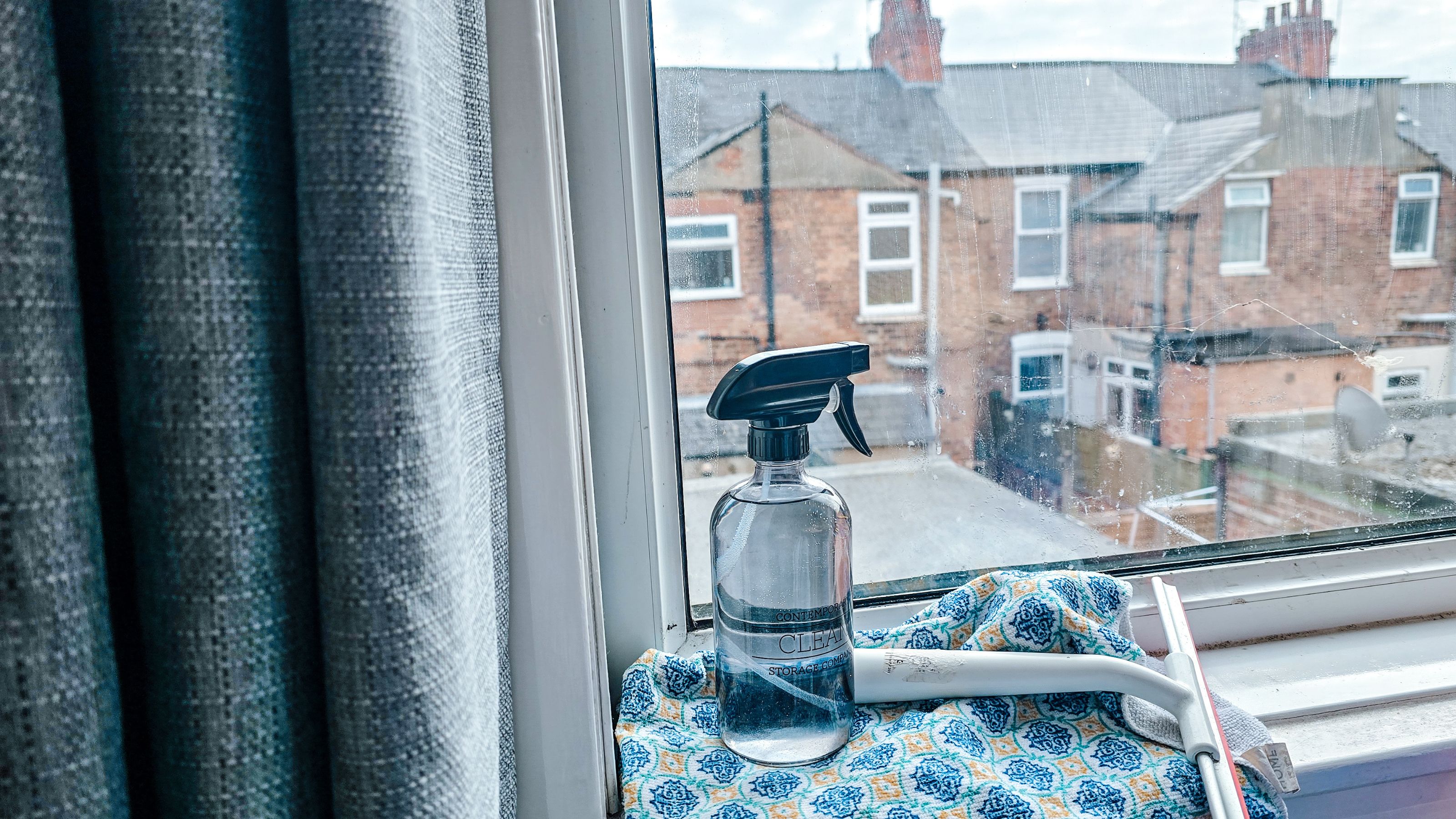 How to clean windows without streaks — 5 easy steps that cleaning pros always follow
How to clean windows without streaks — 5 easy steps that cleaning pros always followThis method on how to clean windows is favored by professional cleaners. We've asked them for the steps you should follow, plus picked cleaning buys
By Eve Smallman Last updated
-
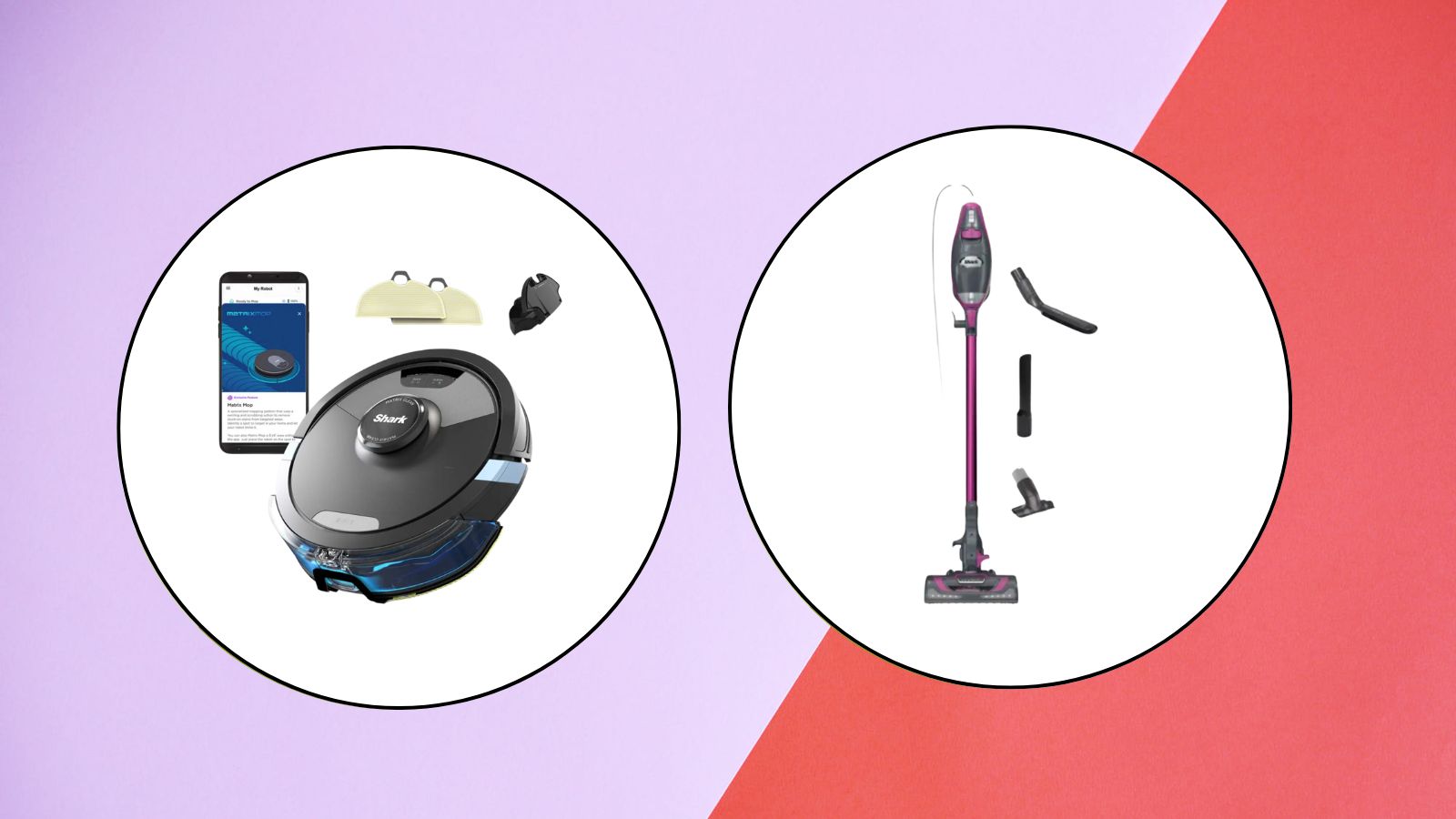 The latest Shark sale deals are perfect for pollen-proofing your home — with up to $150 off our favorite vacuums
The latest Shark sale deals are perfect for pollen-proofing your home — with up to $150 off our favorite vacuumsWe found the latest Shark sale deals on vacuums that are sure to be swooped up, especially as spring blooms trigger pollen allergies and we're in need of extra cleaning
By Danielle Valente Published
-
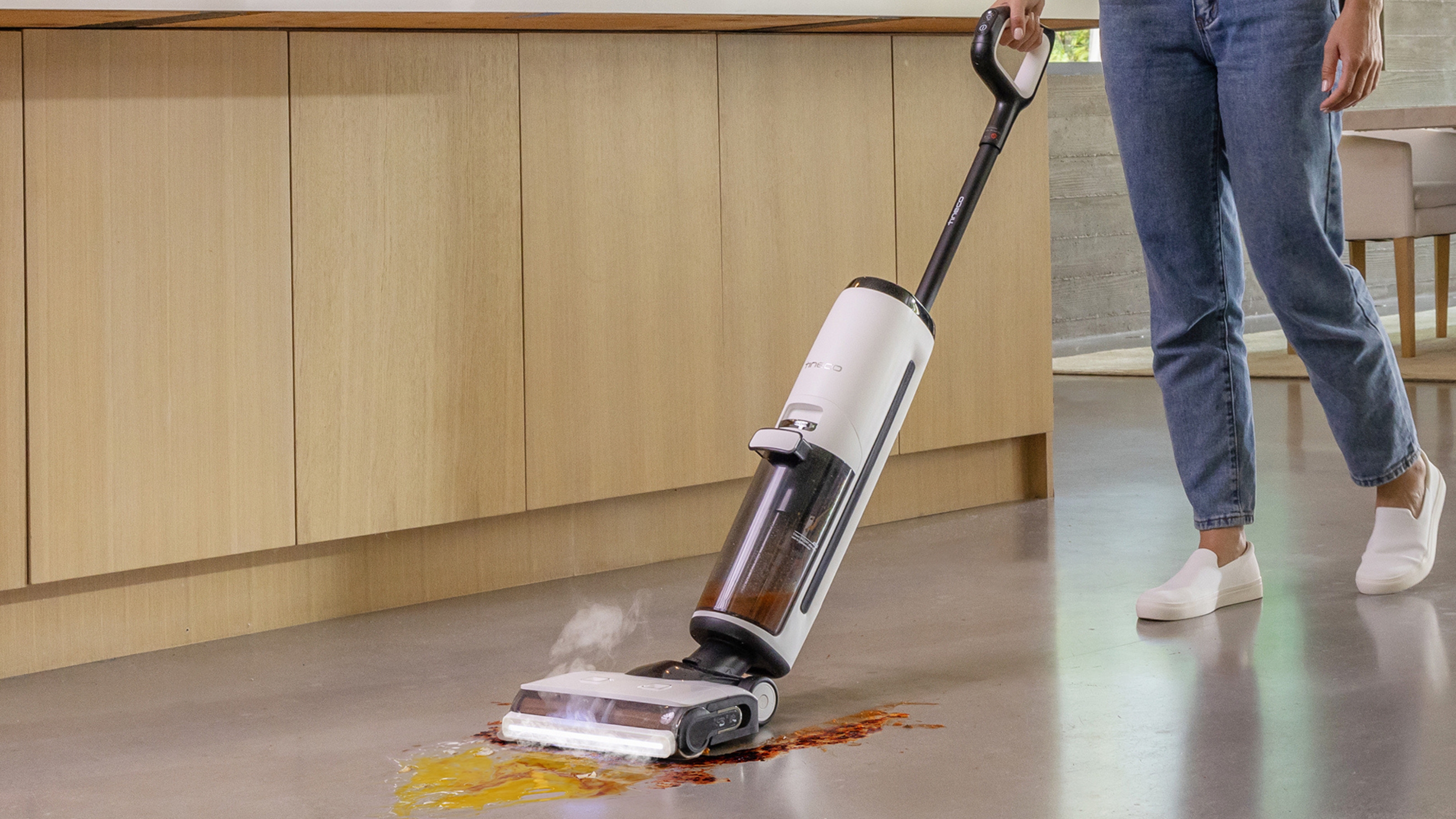
 Tineco Floor One S7 steam wet-dry vacuum review — spotless floors with minimal effort
Tineco Floor One S7 steam wet-dry vacuum review — spotless floors with minimal effortOur contributing editor, Camryn Rabideau, tests the Tineco Floor One S7 steam wet-dry vacuum in her New England homestead property
By Camryn Rabideau Published
-
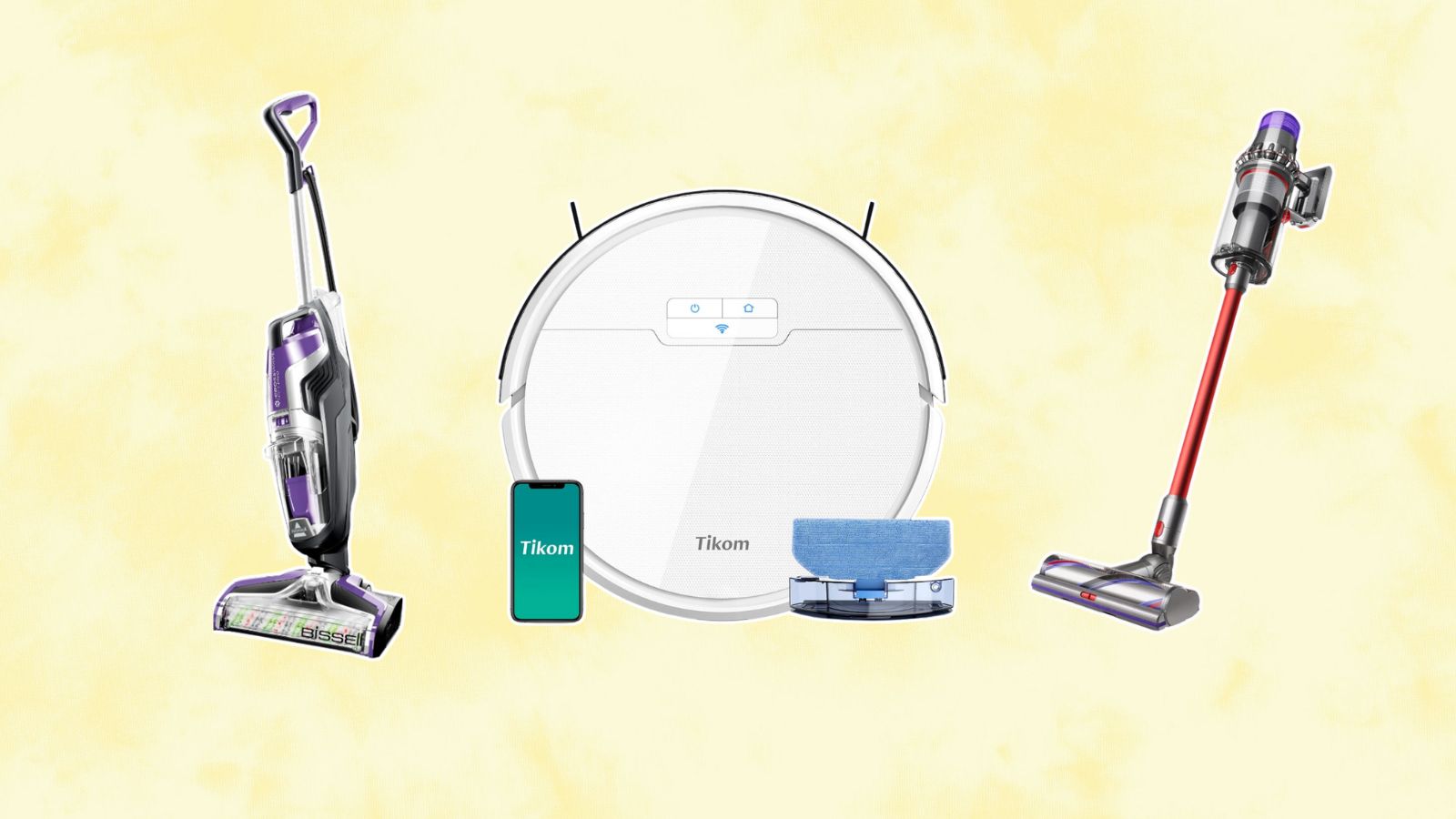 Amazon vacuum cleaners to nab during the retailer's Big Spring Sale — save up to 60% off our go-to small-space finds
Amazon vacuum cleaners to nab during the retailer's Big Spring Sale — save up to 60% off our go-to small-space findsChecking out the savings on Amazon? Vacuum cleaners are a must-buy during their first Big Spring Sale — here are our favorites up to 60% off
By Danielle Valente Published
-
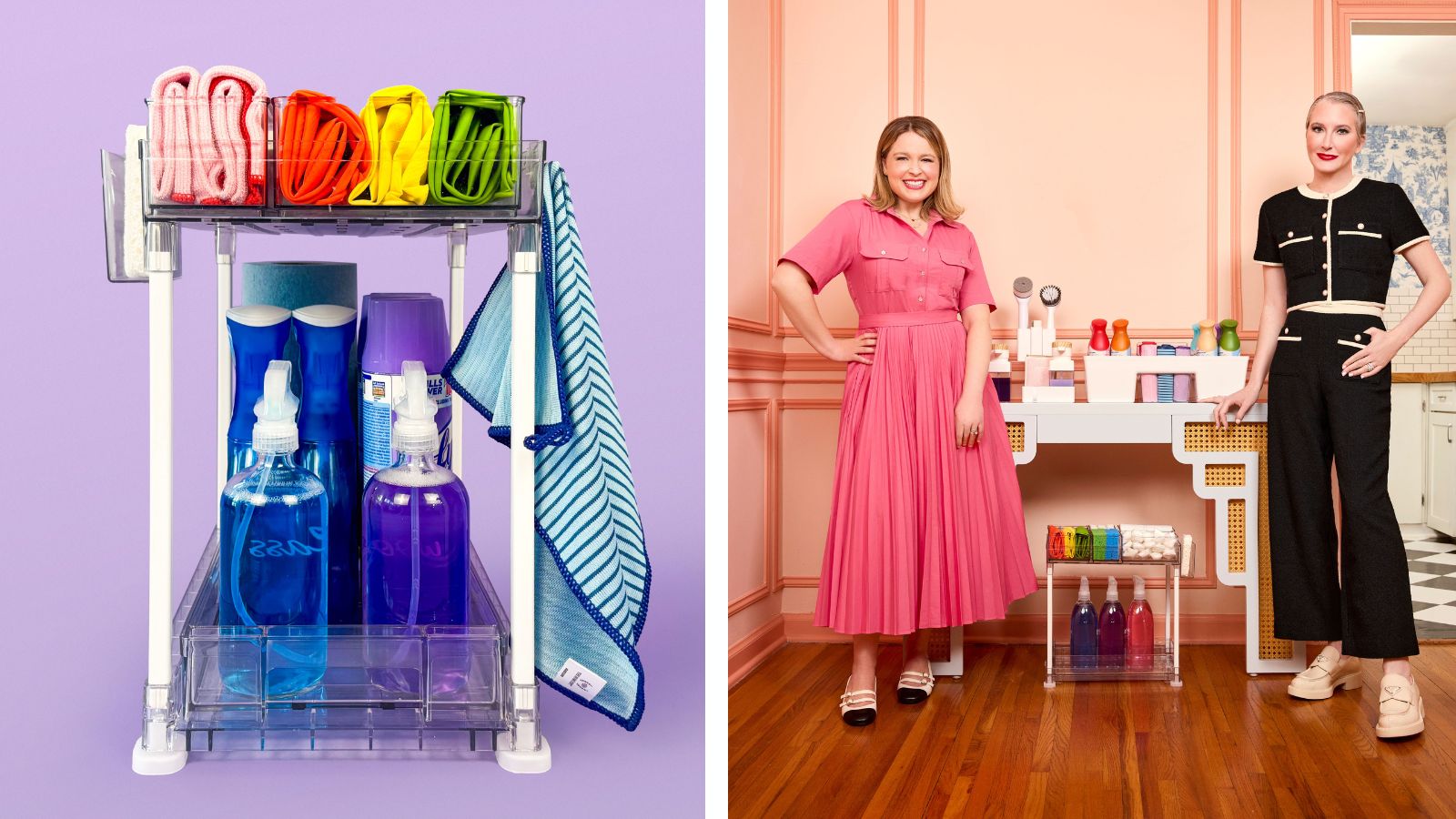 The Home Edit Walmart cleaning collection has just debuted with finds from $3
The Home Edit Walmart cleaning collection has just debuted with finds from $3Spring cleaning, anyone? The Home Edit Walmart cleaning collection has hit shelves with picks from $3
By Danielle Valente Published
-
 How to clean carpet on stairs — 3 simple steps to a spruced up staircase
How to clean carpet on stairs — 3 simple steps to a spruced up staircaseWant to know how to clean carpet on stairs? Our experts explain the simple steps to a sparkling stairway without too much elbow grease
By Andy van Terheyden Published
-
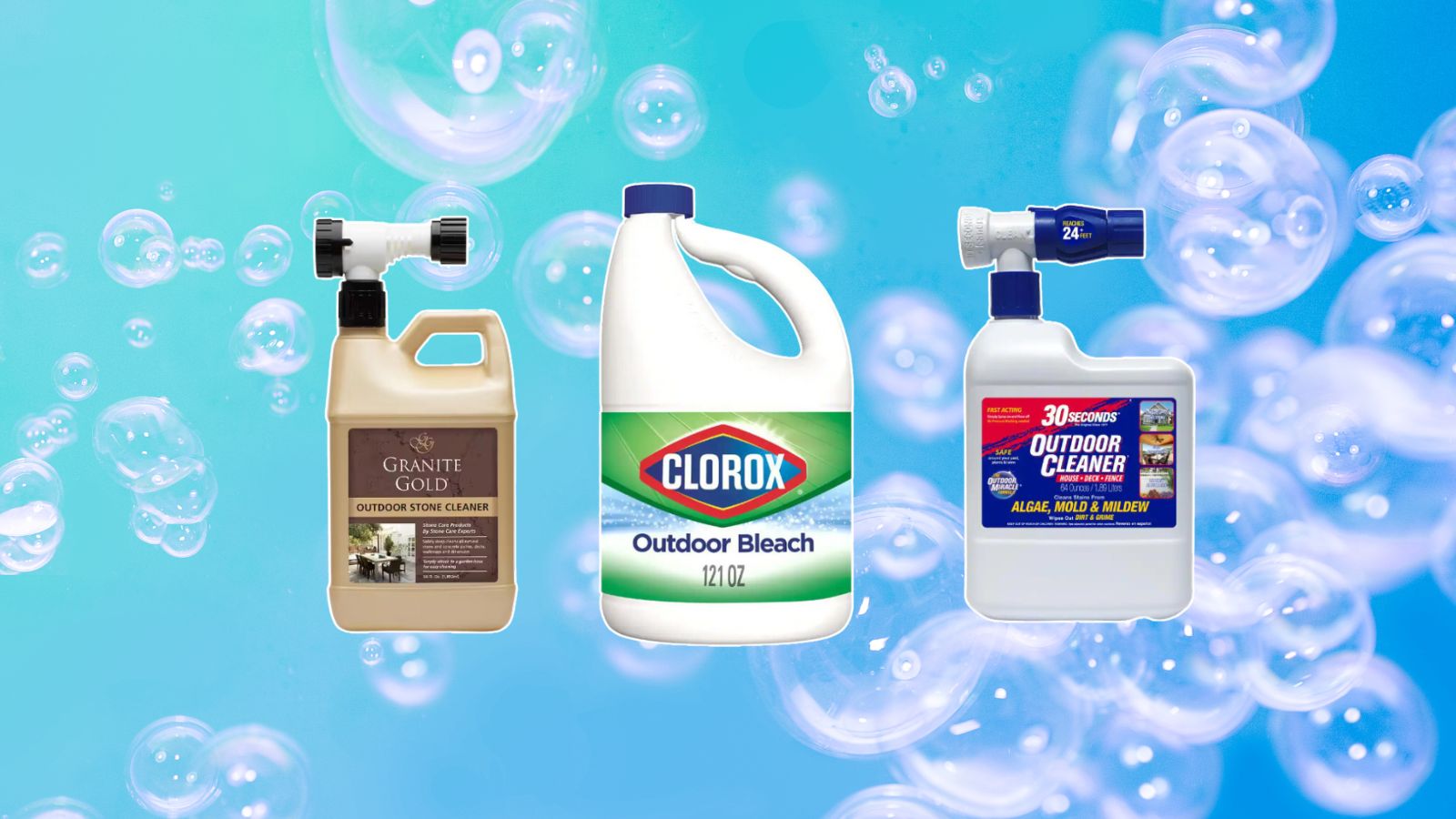 The Home Depot backyard and patio cleaning supplies we're stocking up on before spring
The Home Depot backyard and patio cleaning supplies we're stocking up on before springDon't forget the outdoors when spring cleaning — The Home Depot backyard and patio cleaning buys from $11 will assist with tidying up
By Danielle Valente Published
-
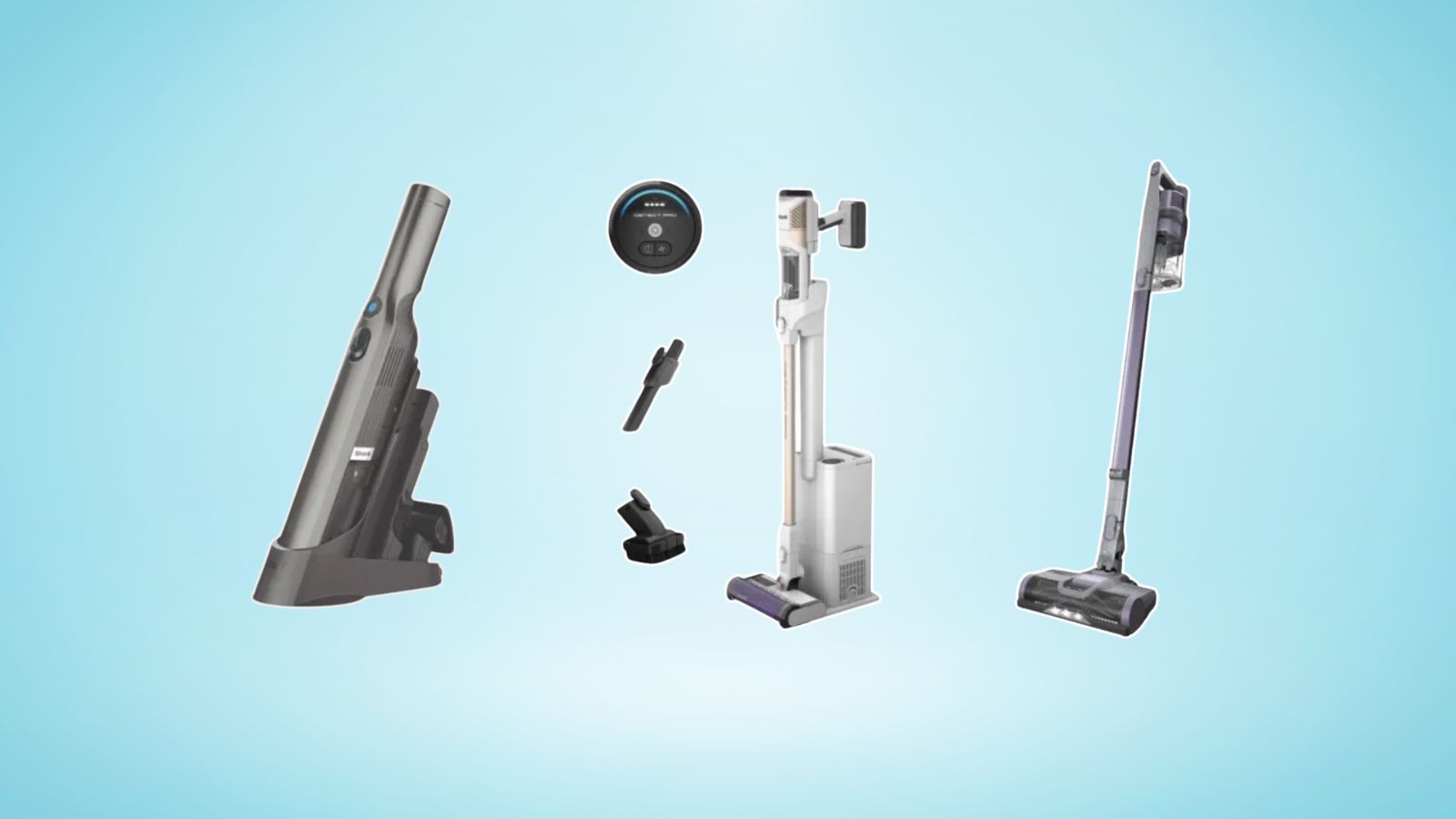 The Shark Detect Pro vacuum and other models are on sale for St Patrick's Day — perfect picks for your spring clean
The Shark Detect Pro vacuum and other models are on sale for St Patrick's Day — perfect picks for your spring cleanWhether you're eyeing the Shark Detect Pro Vacuum or Shark Pet Cordless Stick Vacuum, shop the St. Patty's Day sale for a discount on the best vacuums on shelves
By Danielle Valente Published